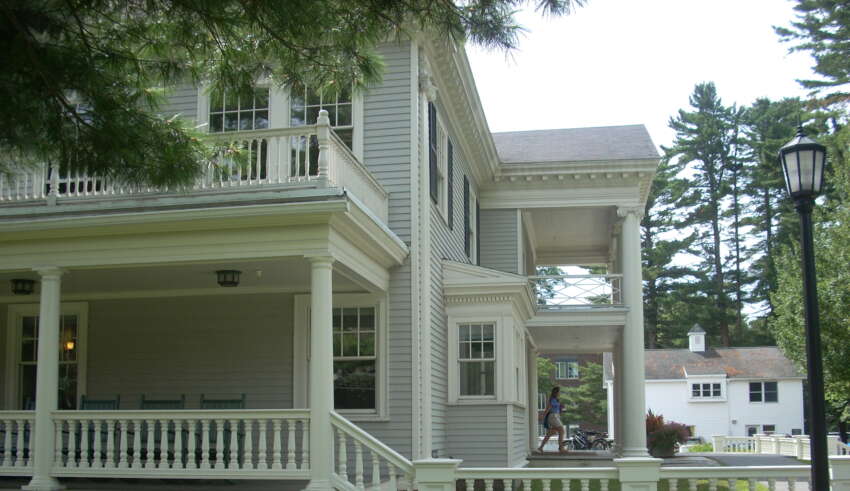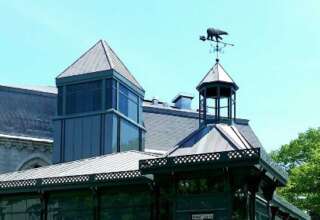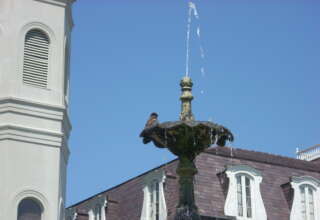
Sarah’s story does provide some evidence that this habit of support did exist among the Mill Girls themselves. They were closely bound together in their care for one another, as evidenced in the many poems, ballads, essays, and fictional stories prepared for the Lowell Offering (founded in 1840 by the Reverend Abel Charles Thomas of the First Universalist Church). It took many workers to offer a voice in their New England community. With more than 8,000 Mill Girls working in Lowell, there was the potential for influential collective support and action, as witnessed in a series of strikes and labor slowdowns that yielded some improvement in the working conditions of Lowell Mill Workers. Such was not the case in most of the other New England mill towns. With much smaller populations of Mill Girls and with very few labor activists taking much interest in these “backwater” communities, there was little outside support. The women laboring in these mills had to take care of one another, often without a voice to be heard outside their close quarters.
Civic associations (non-government community-oriented institutions) are prevalent in the community: De Tocqueville wrote about the great democratic values to be found outside government. Civic associations certainly existed abundantly in New England communities, often filling the vacuum left by indifferent or corrupt governmental services. Collective Worth was engendered in these associations. However, this Collective Worth wasn’t available for all citizens of these communities. Typically, these were fraternal organizations that were restrictive regarding who could join and who was to be served by the organization. The Mill Girls certainly were not among those invited to these associations.
These civic organizations were often intended only for men, held strong negative opinions regarding immigrant populations, and danced to the economic tunes of the Mill owners. It was much more likely that outside “agitators” (labor organizers) came to town and stirred things up (only to leave after a settlement was or was not reached). It seems that the hearts of most New England communities were beating only on behalf of a very restricted population (which did not include the Mill Girls). Worth was a precious commodity that was rarely shared with most members of the New England community.
Unfortunately, even today, Collective Worth is often bound up in discriminatory practices. While many of the lifestyle enclaves identified by Robert Bellah and his colleagues (Bellah and others, 1985) are found in mid-21st-century America, they are often only open to specific people. While enclaves in the past were open only to those who share avocational interests (for example, car clubs, sewing circles, bridge tournaments), the new enclaves also often (at least informally) require shared political beliefs and attitudes about the “good” people and “bad” people living in one’s community. Increasing polarization of American society, coupled with the growing preponderance of digital rather than in-person gatherings of the enclaves, has made Worth a specialized, closely held commodity.
Emphasis is placed on useful action within the community: de Tocqueville caught the spirit of American pragmatism – and a predilection for action. He suggested that a habit of heart is evident in someone who says: “Watch and evaluated what I do, not what I say.” This is one of the reasons why de Tocqueville believed that democracy in America was most often found in small communities. Everyone in a small, isolated community sees everything (from their front porch). Fallows and Brooks came to similar conclusions in observing mid-21st-century communities.
Was the Mill in full view of those who were sitting on their front porch in most New England towns during the 19th Century? Did the residents of these towns see the young women trudging off to work every day? Did they interact with the Mill Girls at all on Saturday evening at the local dance or on Sunday morning at church? While a preacher at the local Unitarian church might have spoken of the need for worker reforms, was his sermon really heard by anyone? And who read the Voice of Industry or Lowell Offering (even if they lived in or near Lowell, Massachusetts)? Was the readership made up only of the Mill Girls themselves?







